You might think an upper body workout involves mainly arm exercises and little else. However, you can do many more things with your arms. The upper body refers to the muscles located above your waistline. This includes your chest, shoulders, arms, and back. These muscles are often overlooked when it comes to a workout routine. As experts know, this is a massive mistake and can lead to health and fitness issues in the future.
An upper body workout is a great way to increase your strength. It also helps to improve your posture, relieve back pain, enhance your sports performance and prevent injuries. When your upper body is strong, you’ll find it easier to carry heavy objects, your posture will improve, and your lower back is less prone to pain and injuries.
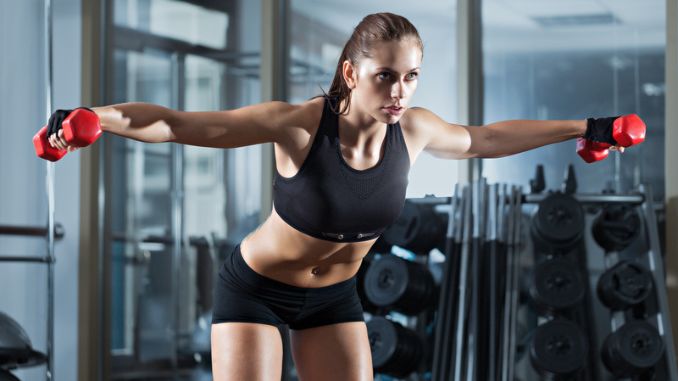
More About Upper Body Workouts
Your muscles have three main functions in your body; they help you maintain your posture, they allow you to move around, and they help you store energy. The muscles in your upper body are responsible for movement and put excess stress on your bones, joints, and ligaments. When your upper body is weak, this stress is distributed unevenly throughout your skeletal system and can lead to severe injuries. This helps us understand why lifting weights is vital, and upper body exercises are essential to any fitness routine.
Many struggles to find a workout routine that works for them and their bodies. Fortunately, many exercises benefit everyone, regardless of age, gender, or athletic ability. Bodyweight exercises like push-ups, dips, and pull-ups are perfect examples. These exercises work your arms and shoulders, areas that most people struggle to tone. Improving your appearance and confidence does not require hours at the gym. Whether you are trying to lose weight, heal from an injury, build muscle, or want to stay healthy, resistance exercises can help you reach your goals.
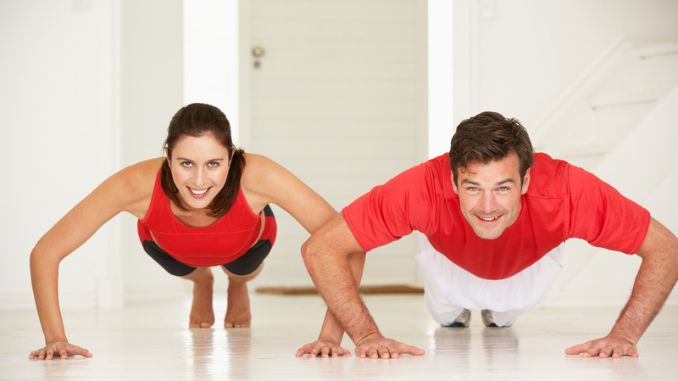
Healing from Injuries
Injuries are challenging for everyone, but finding a workout routine that meets your needs when you have an upper-body injury is even more challenging. Many people with upper body injuries will avoid physical activity as much as possible. However, this is the opposite of what you should do if you want to heal faster and prevent future injuries.
Strength-training exercises can help reduce the risk of re-injuring yourself by keeping your arms, shoulders, back, and chest strong. Strengthening the upper body muscles can reduce the pain you are experiencing. It lessens the stress on your joints, improves strength in the lower body and core, and can also help prevent future injuries. Exercise also releases endorphins and improves blood circulation, which speeds up the healing process.
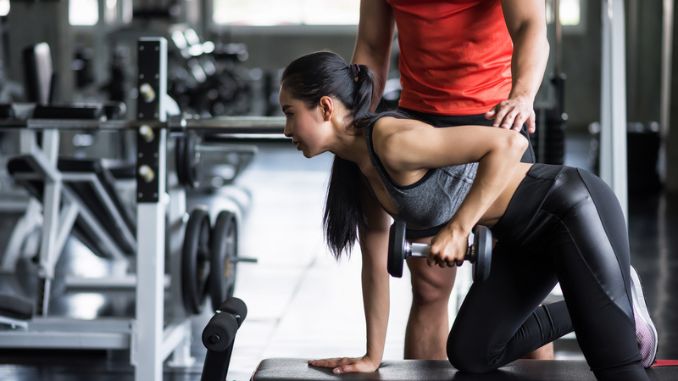
Go-To Upper Body Exercises for Those Healing from Injuries
The muscles in your upper arms are critical for keeping your shoulders healthy and preventing injuries. If any of these joints are injured, focusing on exercises that strengthen the surrounding muscles can help in healing.
Some exercises that can help improve strength and mobility in your arms while also strengthening the muscles that keep your shoulders healthy are:
- Banded Single Arm Tricep Extensions: This exercise targets the back of your arm muscles, strengthening your triceps.
- Seated Dumbbell Rear Delt Raises This exercise targets the rear deltoids, helping to strengthen posture and train your upper back and shoulders.
- Alternating Lat Pulldowns: This exercise targets the upper back, particularly the muscles along the sides of the torso and under the armpits. This exercise also strengthens your core.
- Alternating Dumbbell Curls: This is another exceptional bicep exercise that builds muscle mass and strength in your forearms.
- Horizontal Lat Pull Downs: These targets the upper back muscles that help you lift your arms above your head, adduct your arms, and rotate your torso. This exercise can help improve posture, reduce upper back pain, and strengthen your arms.
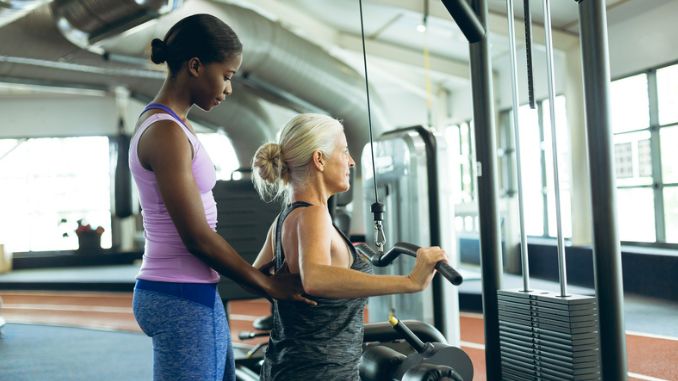
- Half-Kneeling Single Arm Press: This exercise improves posture and flexibility and builds strength in the chest and shoulders. It builds size and power in the deltoids and triceps and forces the core to stabilize an uneven load in the hips, back, and trunk. When recovering from an injury, try these exercises:
- Glute Bridge Single Arm Press: This exercise targets the glutes and hamstrings and will improve posture, reduce back pain, and increase muscle mass in the hips and buttocks.
- Flat Dumbbell Fly: This exercise targets the outer chest muscles to help sculpt your chest and front shoulders. It also helps increase flexibility in the shoulders, reduces upper back pain and tightness, and increases range of motion.
- Pallof Press: This exercise builds your core strength to help you resist and cope with twists and turns without getting injured.
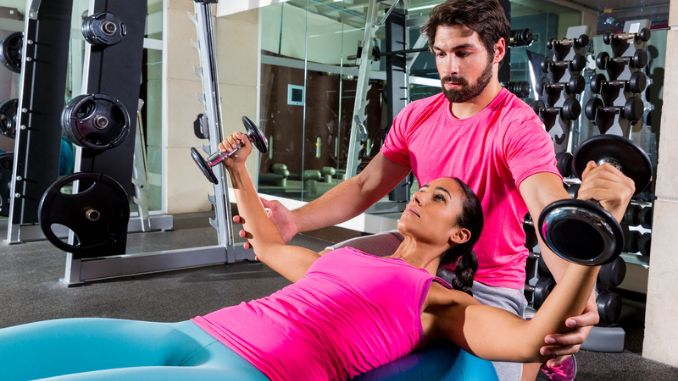
Although these exercises are beneficial, be mindful not to overdo them.
Exercises to Avoid During Injury Recovery
When healing from an injury, it is essential to maintain strength and flexibility in that area of your body while avoiding those exercises that place undue stress on that part of your body.
- Heavy Compound Lifts: If you are trying to build muscle, you do not want to exhaust your muscles. Exercises like squats, deadlifts, and bench presses exhaust these muscles.
- High-Intensity Interval Training (HIIT): Push-ups, reverse pull-ups, mountain climbers, jumping jack (anything that requires jumping), kettlebell swings, Tabata protocol, plank, lunges, squat thrusts, and air squats. These are great for building muscles but very dangerous if you’re in the process of healing an injury.
- Heavy Olympic Lifting: This includes dumbbell shoulder press, clean and press, seated cable cows, clean and jerk, snatch pull, push press, back squat, front squat, snatch, and military press. Again, these are great for building muscles, but doing so can be harmful if you are dealing with an injury.
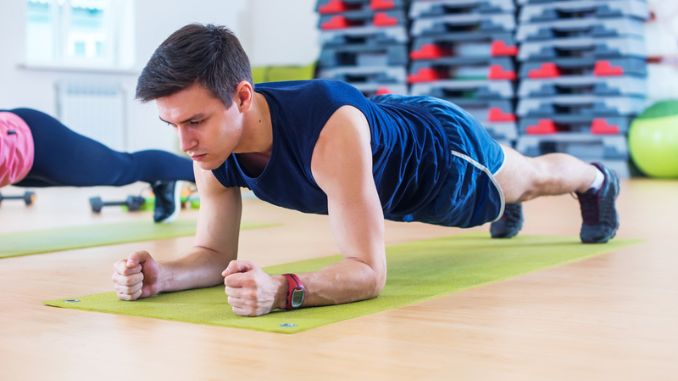
How to Incorporate Upper Body Exercises into Your Routine
A strong upper body is attainable wherever you are, whatever you do. There are many ways to incorporate a workout into your daily routine. Here are some suggestions:
- You can do an upper body workout in about 45 minutes, consisting of several exercises that target your chest, back, arms, and shoulders.
- You can combine your upper body workout with a lower body workout to save time and maximize your time at home or in the gym.
- You can also try to incorporate exercises into your daily activities. For instance, complete some exercises during each commercial break.
- You can also try to incorporate smaller movements into your daily routine, such as shoulder shrugs, shoulder rotations, side bends, and chest stretches.

What You Should Know
Your upper body muscles are responsible for posture and bone health. However, did you know that a strong upper body can improve your flexibility and decrease back pain? Let us explain. The muscles of your upper body are attached to your bones thanks to ligaments. When these muscles are strong, they pull on the bones harder, increasing your overall joint flexibility. Likewise, if your upper body muscles are strong, they’ll draw on the ligaments and make them stronger. This means they’ll also make your lower back muscles stronger.

The bottom line is that you must include upper body exercises in your workout routine to improve your posture, joint health, flexibility, and sports performance. Exercises that target your upper body can help improve posture, reduce back pain, and prevent the risk of injuring your arms, shoulders, chest, and back. So, spend the time to incorporate upper body exercises into your regular workout regimen.







